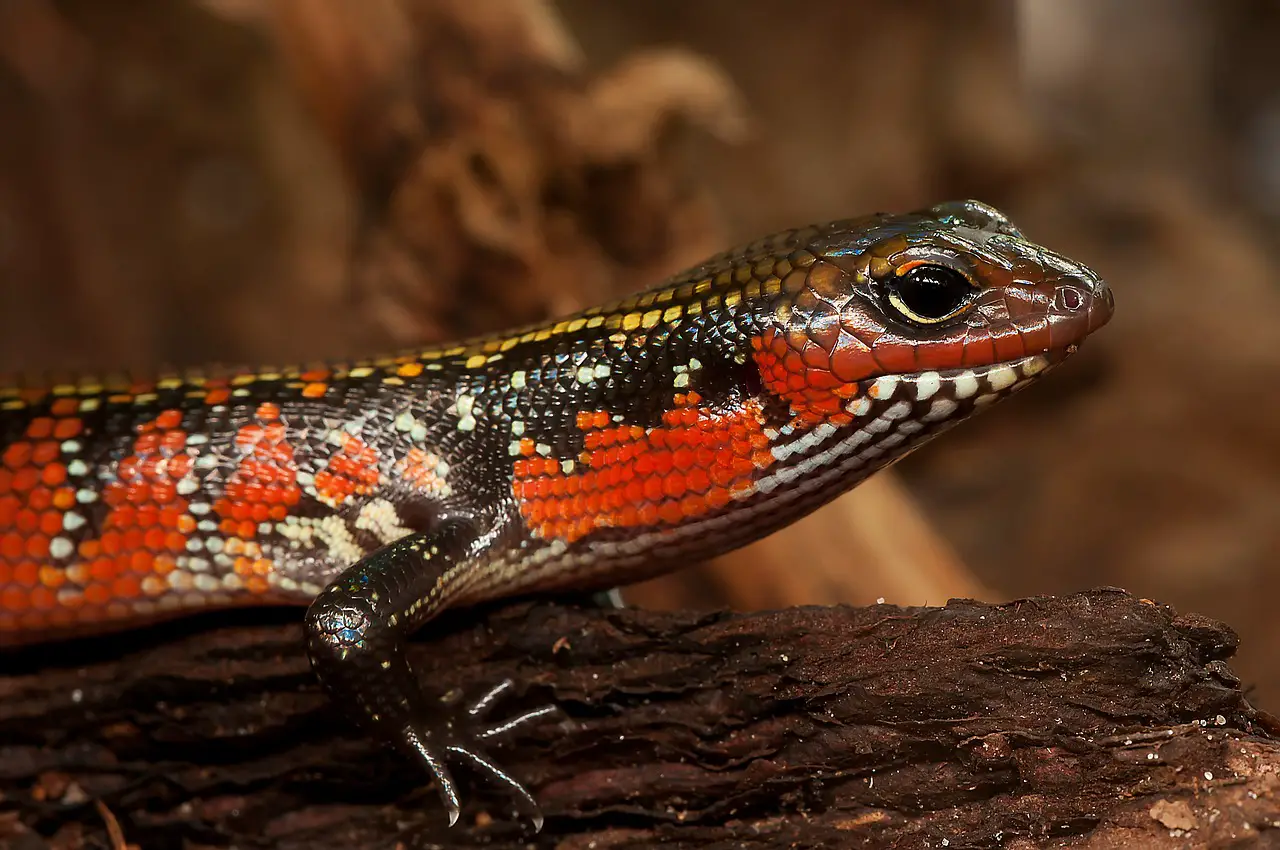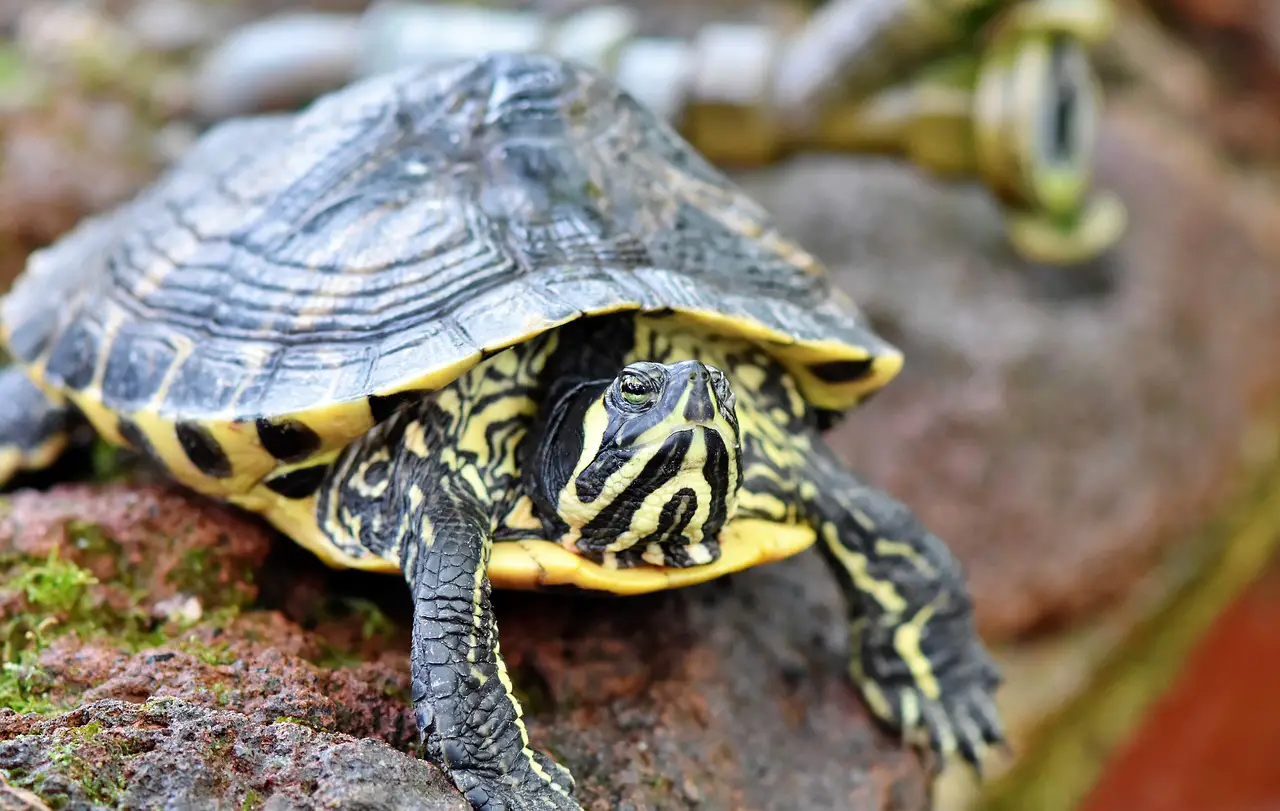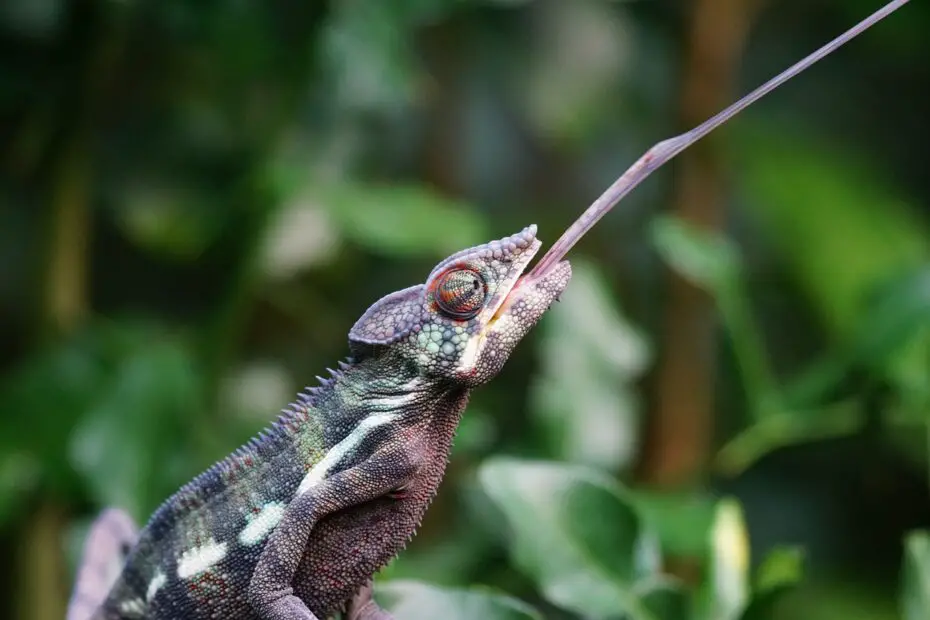Reptiles are some of the most intriguing and ancient creatures on our planet. Their diverse shapes, colors, and behaviors make them captivating subjects for photography. Yet, photographing reptiles can be a challenging endeavor due to their often elusive nature and unique habitats. In this guide, we’ll explore the art of reptile photography, offering tips and techniques to help you capture stunning images of these fascinating animals.
You may also want to know how fast an alligator runs.
The Appeal of Reptile Photography
Reptiles, which include snakes, lizards, turtles, and crocodiles, offer a wealth of photographic opportunities for several reasons:
- Biodiversity: There are over 10,000 species of reptiles worldwide, each with its own distinct characteristics, making reptile photography a diverse and rewarding pursuit.
- Behavior: Reptiles exhibit a wide range of behaviors, from sunbathing and hunting to mating rituals and parenting. Capturing these moments in the wild provides unique insights into their lives.
- Challenges: The challenges of reptile photography, such as finding well-camouflaged subjects or working in extreme environments, can be exhilarating for photographers seeking to push their skills.

Now that we’ve established the allure of reptile photography, let’s delve into the tips and techniques that will help you capture these elusive creatures effectively.
Gear and Preparation
1. Camera Selection
While you don’t necessarily need the latest and most expensive camera gear for reptile photography, certain features can be beneficial:
- Macro Lens: A macro lens allows you to capture fine details, which is crucial when photographing small reptiles like geckos or chameleons.
- Telephoto Lens: For larger or more skittish reptiles, a telephoto lens with good zoom capabilities can help you maintain a safe distance while still getting close-up shots.
- Tripod: A sturdy tripod is essential, especially when working with slower shutter speeds or heavy telephoto lenses.
2. Lighting
Lighting plays a significant role in reptile photography:
- Natural Light: Whenever possible, use natural light. Early morning and late afternoon light provides a warm, soft glow that enhances your reptile subjects.
- Flash: Avoid using a harsh flash, especially with nocturnal reptiles. Consider using a diffuser to soften the light if necessary.

3. Other Essential Accessories
- Remote Shutter Release: This minimizes camera shake and allows you to capture images without physically touching the camera.
- Reflectors: Reflectors can help redirect natural light onto your subject, reducing harsh shadows.
- Camouflage Clothing: Wearing clothing that blends in with the environment can help you get closer to your subjects without disturbing them.
Field Techniques
1. Research and Observation
Before you even pick up your camera, spend time researching your target reptile species. Learn about their habitat preferences, behavior, and activity patterns. Knowing where and when to find them will significantly increase your chances of success.
2. Patience is Key
Reptiles can be incredibly elusive and may require hours of waiting for the perfect shot. Be prepared to spend time observing and waiting without making sudden movements or loud noises that could startle your subjects.
3. Approach Carefully
When you do spot a reptile, approach slowly and cautiously. Use your camera’s quiet or silent shooting mode to reduce noise. Avoid sudden movements that might scare them away or cause them to hide.
4. Shoot at Eye Level
Try to get on the same level as your subject. This often means getting low to the ground or even lying down. Shooting at eye level provides a more engaging perspective and a deeper connection between the viewer and the reptile.
5. Focus on the Eyes
The eyes are the windows to the soul, even for reptiles. Make sure the eyes are sharp and in focus. Use a wide aperture (low f-number) to create a shallow depth of field, which will make the eyes stand out against a blurred background.
6. Compose Thoughtfully
Pay attention to composition. Use the rule of thirds, leading lines, and negative space to create visually appealing images. Try different angles and perspectives to find the most interesting and flattering views of your subjects.
Ethical Considerations
When photographing reptiles, it’s crucial to prioritize their welfare and the conservation of their habitats. Here are some ethical considerations:
1. Do Not Disturb
Avoid disturbing reptiles in their natural habitats. Do not handle them unless you have the proper training and permits. Never stress or harass them for the sake of a photograph.
2. Respect Their Space
Maintain a respectful distance from your subjects, especially when dealing with venomous snakes or other potentially dangerous reptiles. Use long lenses to get close-up shots without getting too close physically.
3. Leave No Trace
Practice Leave No Trace principles by not disturbing the environment or leaving any trash behind. Stay on designated paths and trails to avoid damaging fragile ecosystems.
4. Educate and Advocate
Use your photographs to educate others about reptiles and the importance of their conservation. Support conservation organizations and promote ethical wildlife photography practices.
Post-Processing
Post-processing can enhance your reptile photographs and bring out the best in them. Some common post-processing steps include:
- Crop and Composition: Fine-tune your composition by cropping and adjusting the frame to highlight the subject.
- Color Correction: Correct color balance and saturation to ensure accurate representation of the reptile’s natural colors.
- Sharpening: Apply selective sharpening to make the reptile’s features, particularly its eyes, stand out.
- Noise Reduction: If you’ve had to shoot at higher ISOs in low light conditions, use noise reduction tools to reduce digital noise in your images.
Conclusion
Reptile photography is a fascinating and rewarding niche within the broader world of wildlife photography. It offers unique challenges and opportunities to connect with some of the most ancient and captivating creatures on Earth. By using the right gear, honing your field techniques, and adhering to ethical principles, you can create stunning images that not only showcase the beauty of reptiles but also contribute to their conservation. So, grab your camera, venture into the wild, and start capturing the mesmerizing world of reptiles through your lens.
